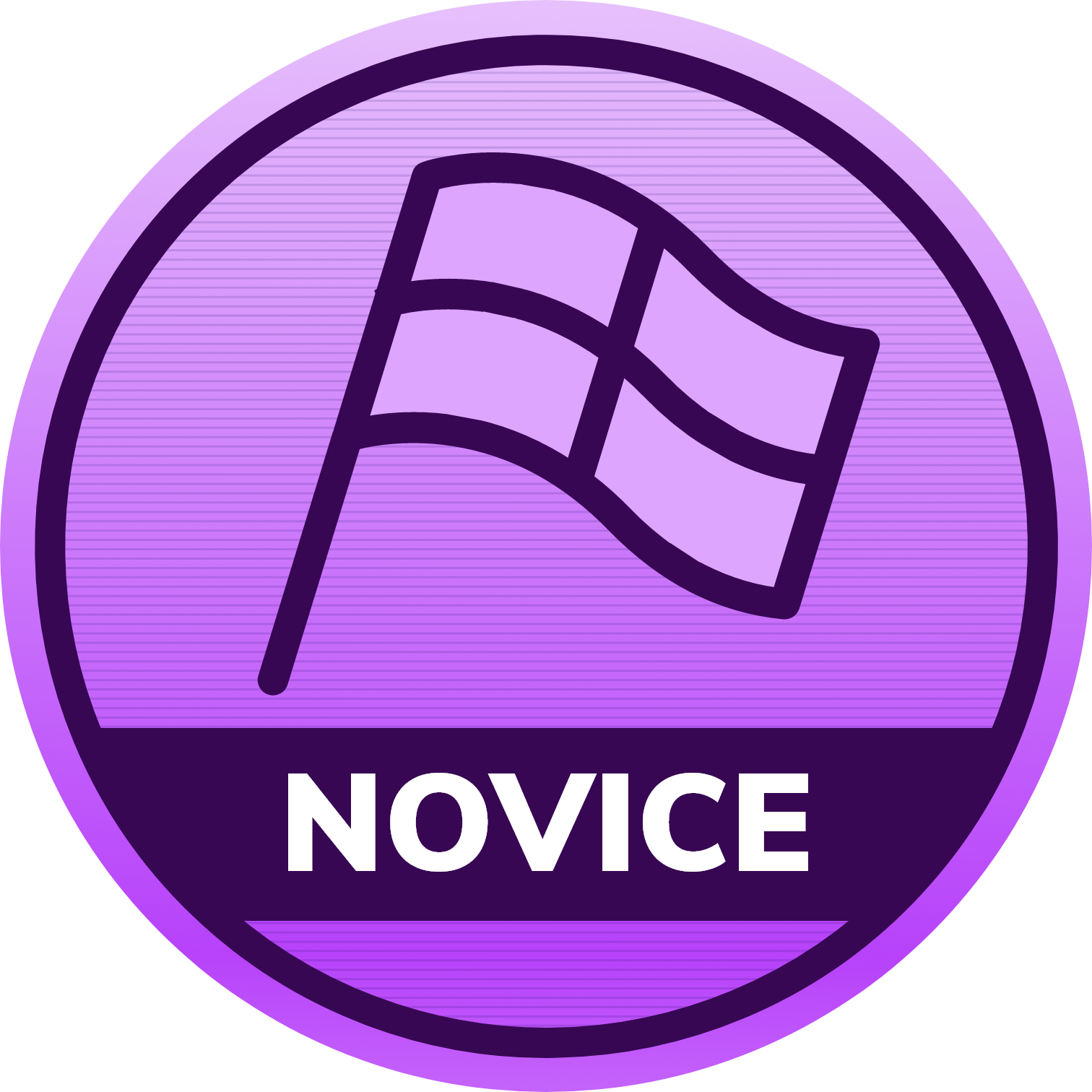@dahlia Yes, it is possible. In a multi-app kiosk policy, you can create kiosks with one or more apps, but the device end behavior varies. For example, in a single app kiosk policy, the device launches the app directly in full screen when the user logs into the kiosk account. But with a multi-app kiosk, the user will be able to access the app(s) added in the configuration profile from the Start menu.
Regardless of how you apply the policy, @a_la_nn kindly inspect the following:
- Verify that the kiosk account mapped to the policy is intact.
- Make sure the local user account is accessible even before the policy is applied.
- Check for any configuration errors in the XML file. Ensure they are formatted correctly with all the specifications and the necessary apps.
- Confirm that the policy is associated successfully. If not, identify the issue from the Action History page.
The above fixes suggested are standard solutions to problems with Windows multi-app kiosk policy. However, if they don’t work for you, kindly look over the following solutions too:
- Ensure that the given application is also present on the local user account you have added to the policy.
- Verify that the DesktopApplicationLinkPath is specified precisely.
- The issue can also arise if the Start Menu Layout is configured using a non-admin account.
- Finally, check for the device editions. Windows Multi App Kiosk mode is supported only Windows 10 Pro, Enterprise and Education editions running 1709 or later versions.
Reach out to us for more queries,
Regards,
Catherine George
Hexnode UEM

 2264 Views
2264 Views



